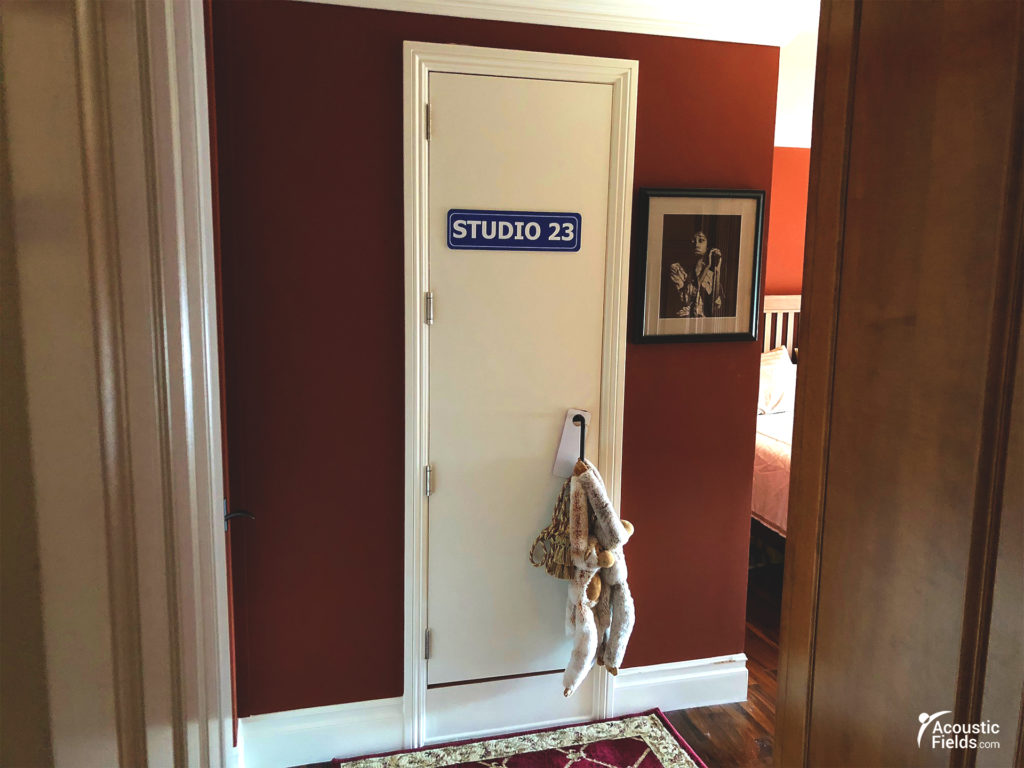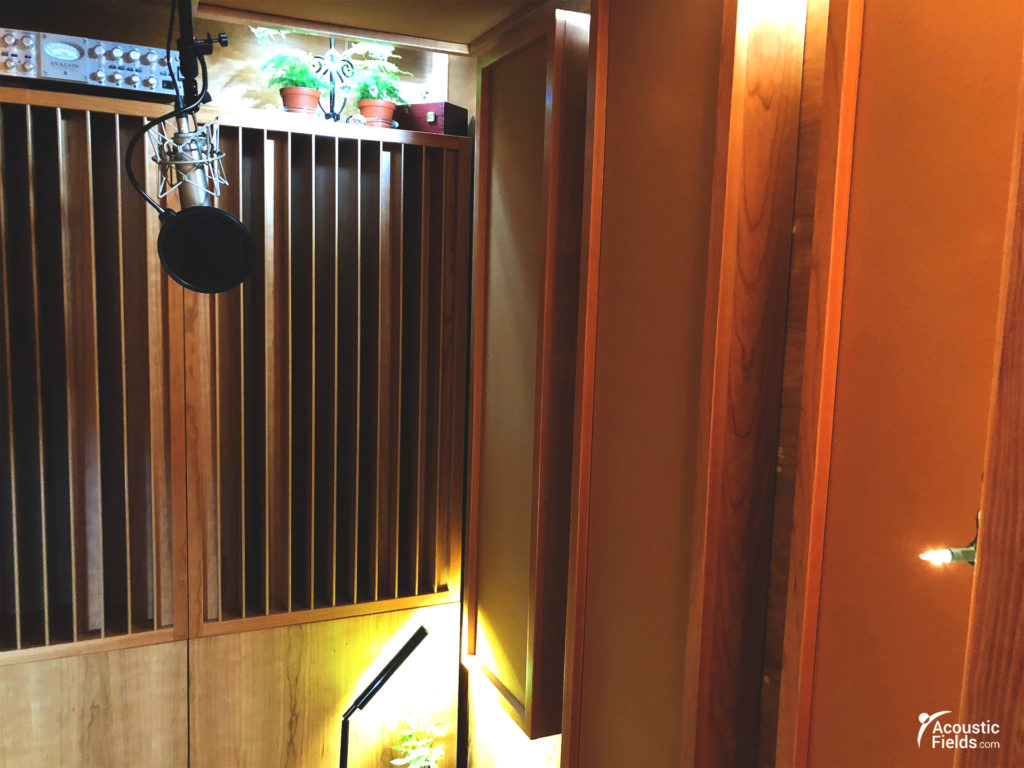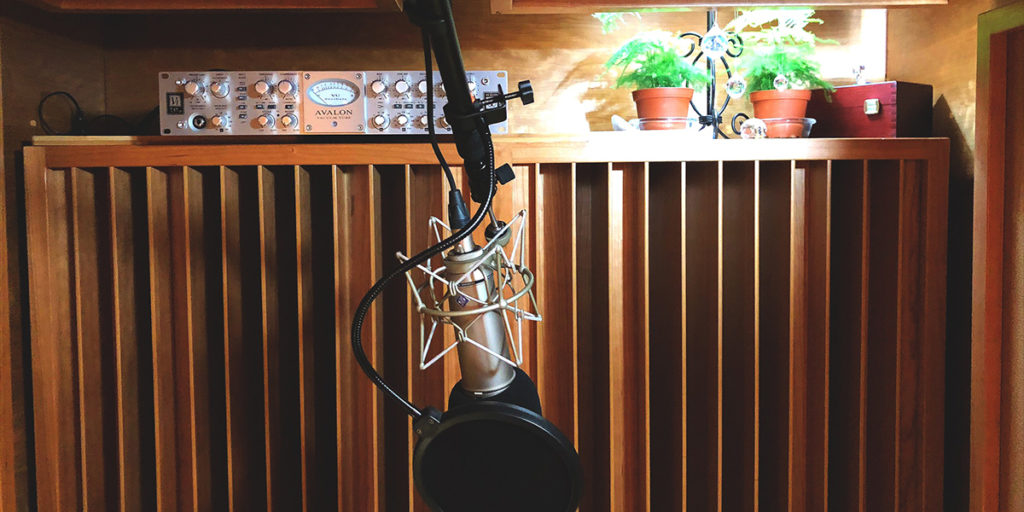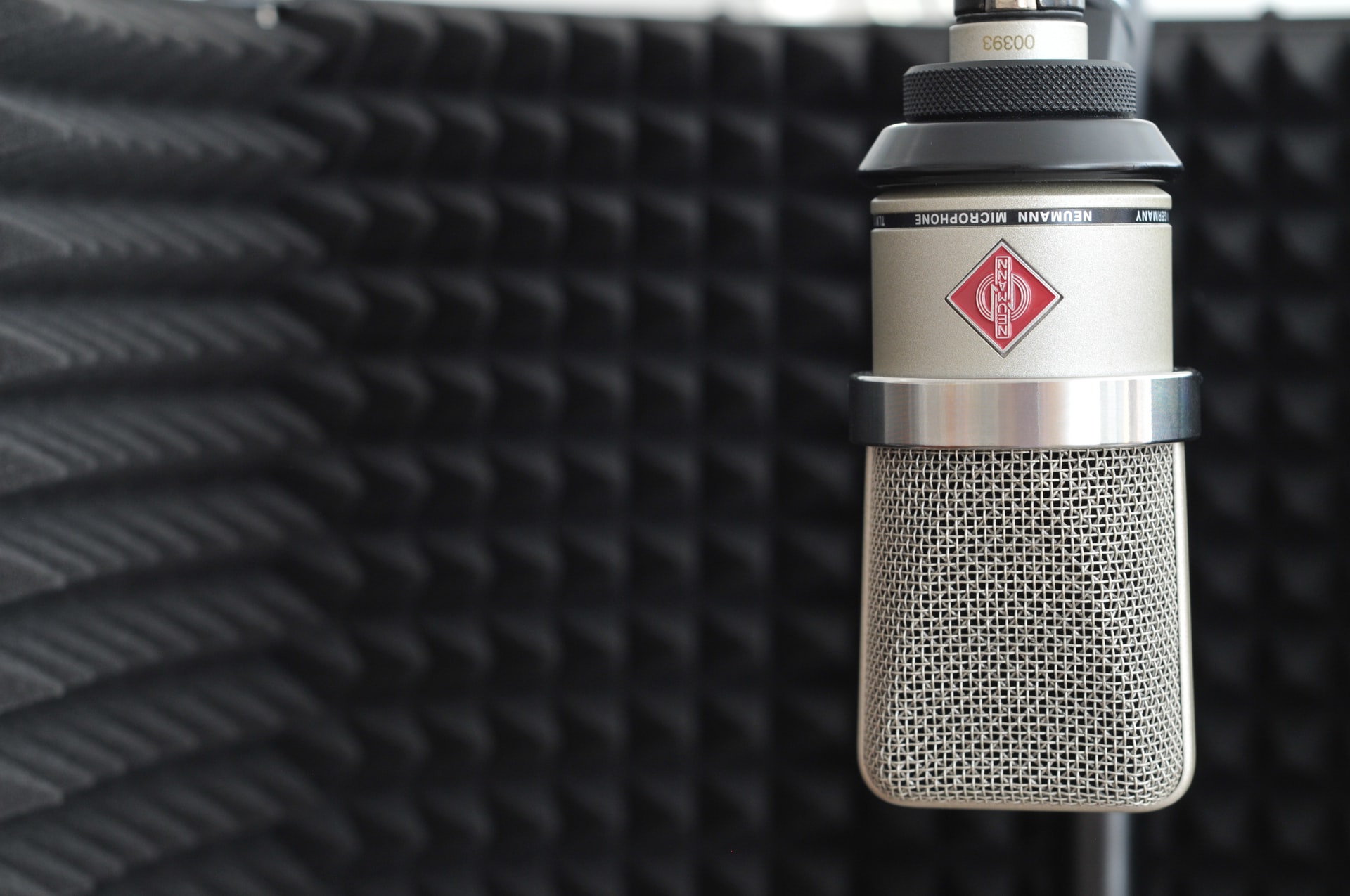
Recording voice is not easy to get right. There are many reasons for this but the major issue most vocal rooms have is that they are located in high noise areas. Noise in vocal rooms is room distortion. When you build your vocal room, you must be concerned with vocal booth isolation. Isolation from noise requires that we first measure the noise we do not want in our vocal rooms. In order to build the proper vocal booth isolation, we must know the frequency and amplitude of any noise we must build the proper barrier to reduce the transmission of the noise. We must measure the noise we are dealing with because the barrier we build for our vocal booth isolation is dependent on the frequency and amplitude of the noise. Every material we use in our barrier of our vocal room has a certain density. Every material density is related to individual frequencies and the strength of those frequencies. The methodology we use in building our walls and ceiling is also frequency and amplitude dependent.

To measure the noise, we can use our cell phone. There are pressure meters we can use to measure the amount of noise energy. There are apps we can use to measure the frequency of the noise. We must measure the noise over a seven day time period. We must measure the noise during the loudest part of each day and the quietest part of each day. This indicates our minimums and maximum pressure times. We will take the noisest times and design for that noise frequency and amplitude. measurements must be taken over a seven day time period. This will insure that you can use the vocal room at any time or day of the week. you take the measurements per our instructions, record the data on a sheet, and then send it to us. We will take the data you have recorded and design a barrier that you can build yourself. This produces a barrier that is 100% fixed and 100% right.
Brenda’s Vocal Room : https://www.acousticfields.com/voice-over-booth/
Vocal booth isolation is critical. However, there are many other variables that must be addressed. The first variable we must look at is room size. We must match the room size to the number of vocalists we will have in the room. Are they male or female? Male voice has a lower octave range than female voice and therefore requires a larger room size if you are going to build the correct and quality oriented room sound. Room size will prevent your room from sounding like a closet like so many vocals sound like today. Vocals today are recorded in too small of rooms with low ceiling heights. These lower ceiling heights produce reflections at the microphone position that make for a smaller sounding vocal track. Try to stay with ceiling heights that are at least 10′ high. This will allow for the talent to stand or sit during the recording process and be recorded in the proper acoustic.

Most vocal booth isolation can be achieved using a wood frame construction. The standard 2′ x 6″ stud space depth would be the smallest stud space depth you could use. Stay away from 2″ x 4″ studs. They lack sufficient stud space depth for any amount of barrier material to be installed between the studs. A 2″ x 4″ stud also lacks strength and rigidity. They will move and vibrate which is exactly what we do not want. It is difficult enough to build a quiet room without the room itself contributing to the noise level by vibrating since it is not strong enough to support itself. Some vocal rooms will require a 2″ x 8″ stud space. A thicker wall density may be required to provide the proper barrier for the noise outside the vocal booth that we must isolate from. Vocal booth isolation is a step by step process so that every step you take is built upon the step below it. We can achieve a full range STC of 90 with wood studs if we have enough stud depth.
STC: https://en.wikipedia.org/wiki/Sound_transmission_class
Don’t forget the floor construction and the ceiling height. The ceiling barrier materials in your vocal booth isolation process are just as critical as the efforts we made producing the four walls. The ceiling must have the same isolation properties as our four walls. Sound or noise is like water. It will find the weakest link and go through that area. We also have flanking noise. Noise strikes your vocal room then flanks or goes around the four walls and into the ceiling and floor area. The ceiling and floor must have the same STC rating as the four walls. You are building a “boat”. You will place this boat in a sea of noise and it must float. It can not have any holes or leaks.
About Us At Acoustic Fields: https://www.acousticfields.com/about/







